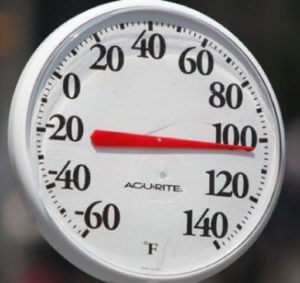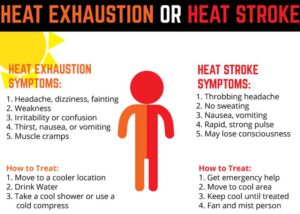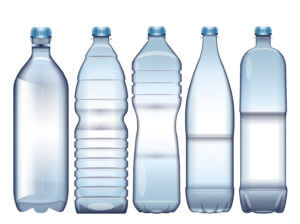 As summer rapidly approaches and the weather heats up, heat stress becomes a daily concern for everyone. Iowa State University defines heat stress as “a series of conditions where the body is under stress from overheating.” Not only are those who work outside at risk for heat stress-related illnesses, but the elderly and children are at risk too.
As summer rapidly approaches and the weather heats up, heat stress becomes a daily concern for everyone. Iowa State University defines heat stress as “a series of conditions where the body is under stress from overheating.” Not only are those who work outside at risk for heat stress-related illnesses, but the elderly and children are at risk too.
There are several behaviors that increase the likelihood of heat stress. Those include drinking alcohol, strenuous outdoor activity, certain medications, and wearing inappropriate clothing for the heat and humidity. High air temperatures, radiant heat sources, high humidity, and direct physical contact with hot objects also have a high potential for inducing heat stress.
When the body is unable to cool itself by sweating, several heat-induced illnesses such as heat exhaustion and heat stroke can occur and can result in death. Tracy, our safety coordinator has some tips on how to spot heat stress and what to do if someone has heat exhaustion or heat stroke:
 Factors Associated with Heat Stress
Factors Associated with Heat Stress
- High temperature and humidity, direct sun exposure, no breeze or wind
- Low liquid intake
- Heavy physical labor
- Waterproof clothing
- No recent exposure to hot workplaces
Symptoms of Heat Exhaustion
- Headache, dizziness, or fainting
- Weakness and wet skin
- Irritability or confusion
- Thirst, nausea, or vomiting
Symptoms of Heat Stroke
- May be confused, unable to think clearly, pass out, collapse, or have seizures (fits)
- May stop sweating
Most often, the signs of heat stress are missed by the victim. Everyone should be aware of the symptoms. There are several steps you can take if you suspect someone has heat exhaustion or heat stroke:
- Call 911 or the designated emergency number for your site
- Move the person to a cool, shaded area
- Loosen or remove heavy clothing
- Provide cool drinking water
- Fan and mist the person with water
 When working on a job site there are several steps you can take to help prevent heat stress. The CDC recommends allowing workers to acclimate to the hot temperatures, set up a buddy system, schedule and encourage frequent breaks, emphasize the need for appropriate clothing and encourage workers to drink fluids, 1 cup every 15 to 20 minutes. These actions will help to protect everyone on your team from heat stress.
When working on a job site there are several steps you can take to help prevent heat stress. The CDC recommends allowing workers to acclimate to the hot temperatures, set up a buddy system, schedule and encourage frequent breaks, emphasize the need for appropriate clothing and encourage workers to drink fluids, 1 cup every 15 to 20 minutes. These actions will help to protect everyone on your team from heat stress.
Heat related illness is not to be taken lightly, it can become a very serious situation in a short amount of time. If something doesn’t feel right, it’s probably not. Be safe, stay hydrated and keep cool!


